Advertisement ・ Go Ad Free
Latest Articles
Advertisement ・ Go Ad Free
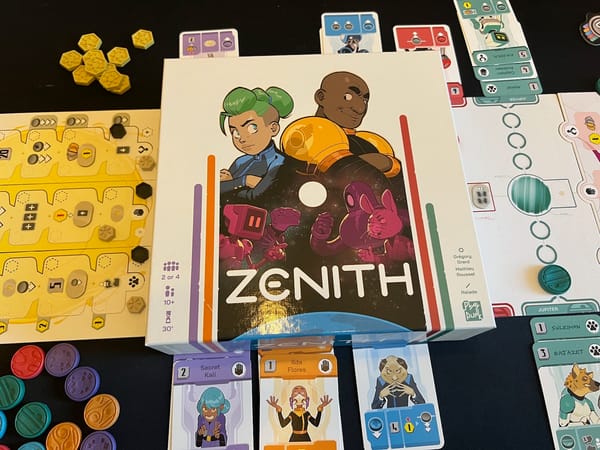
A two-player card battler for the influence of planets
by Dan Hinkin
ARC Raiders’ Second Update Introduces Freezing Map Conditions, New Survival Mechanics, Seasonal Rewards, and The Second Raider Deck
by David Flynn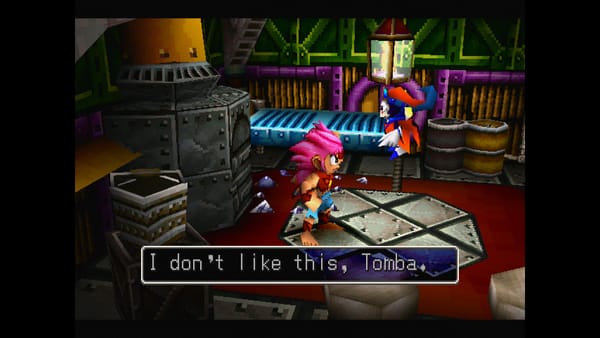
A fantastic game that’s surrounded by terrible decisions
by David Flynn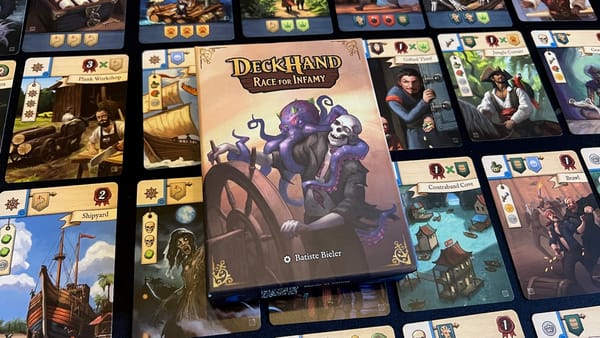
A quick playing pirate card game
by Dan Hinkin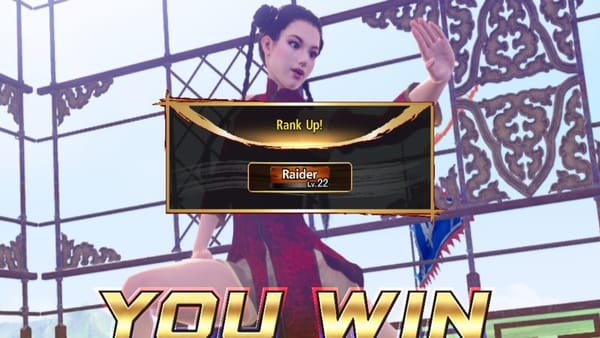
You're one hundred years right on time
by Jack Zustiak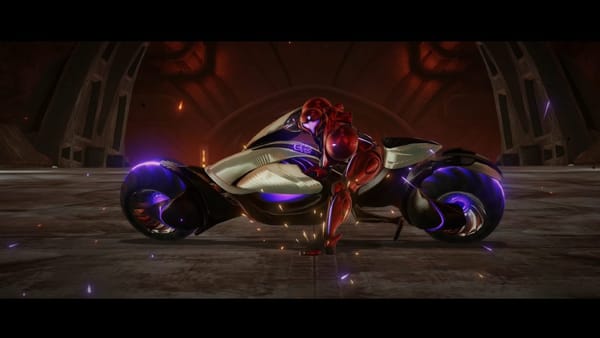
What if Samus had a big, empty world to explore?
by Joe Morgan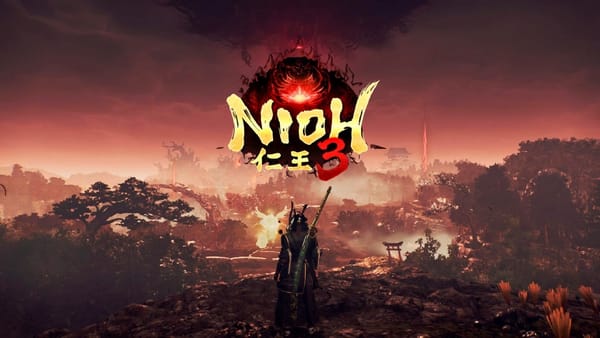
Full Game Releases Feb. 6, 2026; Demo Progress Carries Over
by Henry Viola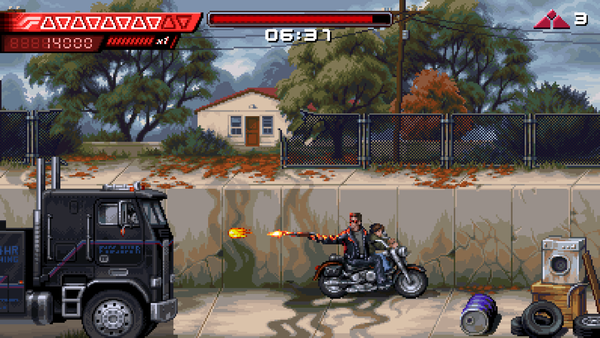
Be John and Sarah Conner or the T-800 in this retro side-scroller
by David Burdette
A two-player card battler for the influence of planets
by Dan Hinkin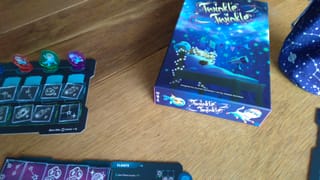
It's clear to see that Ammon's translucent tiles are transcendent.
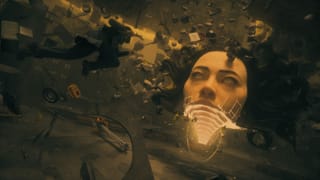
Say hello (again) to Dylan Faden
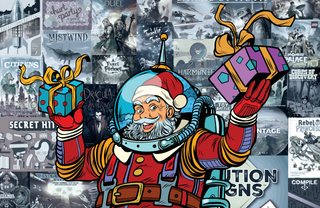
Our recommendations for your best holiday gift purchases
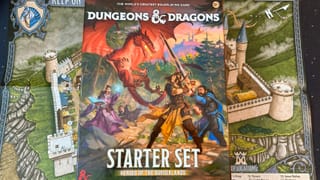
Setting a new standard for getting started and continuing on.
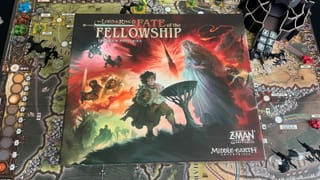
A new Lord of the Rings implementation of the Pandemic system

From sprawling magical jungles and plains to fire and ash caused by Sky People’s greed and the Mangkwan’s grief; Pandora has changed.

Just because the Expo Hall is closed, it doesn’t mean you can’t find new and strange games

A two-player card battler for the influence of planets
by Dan Hinkin
ARC Raiders’ Second Update Introduces Freezing Map Conditions, New Survival Mechanics, Seasonal Rewards, and The Second Raider Deck
by David Flynn
A fantastic game that’s surrounded by terrible decisions
by David Flynn
A quick playing pirate card game
by Dan Hinkin
You're one hundred years right on time
by Jack Zustiak
What if Samus had a big, empty world to explore?
by Joe Morgan
Full Game Releases Feb. 6, 2026; Demo Progress Carries Over
by Henry Viola
Be John and Sarah Conner or the T-800 in this retro side-scroller
by David Burdette